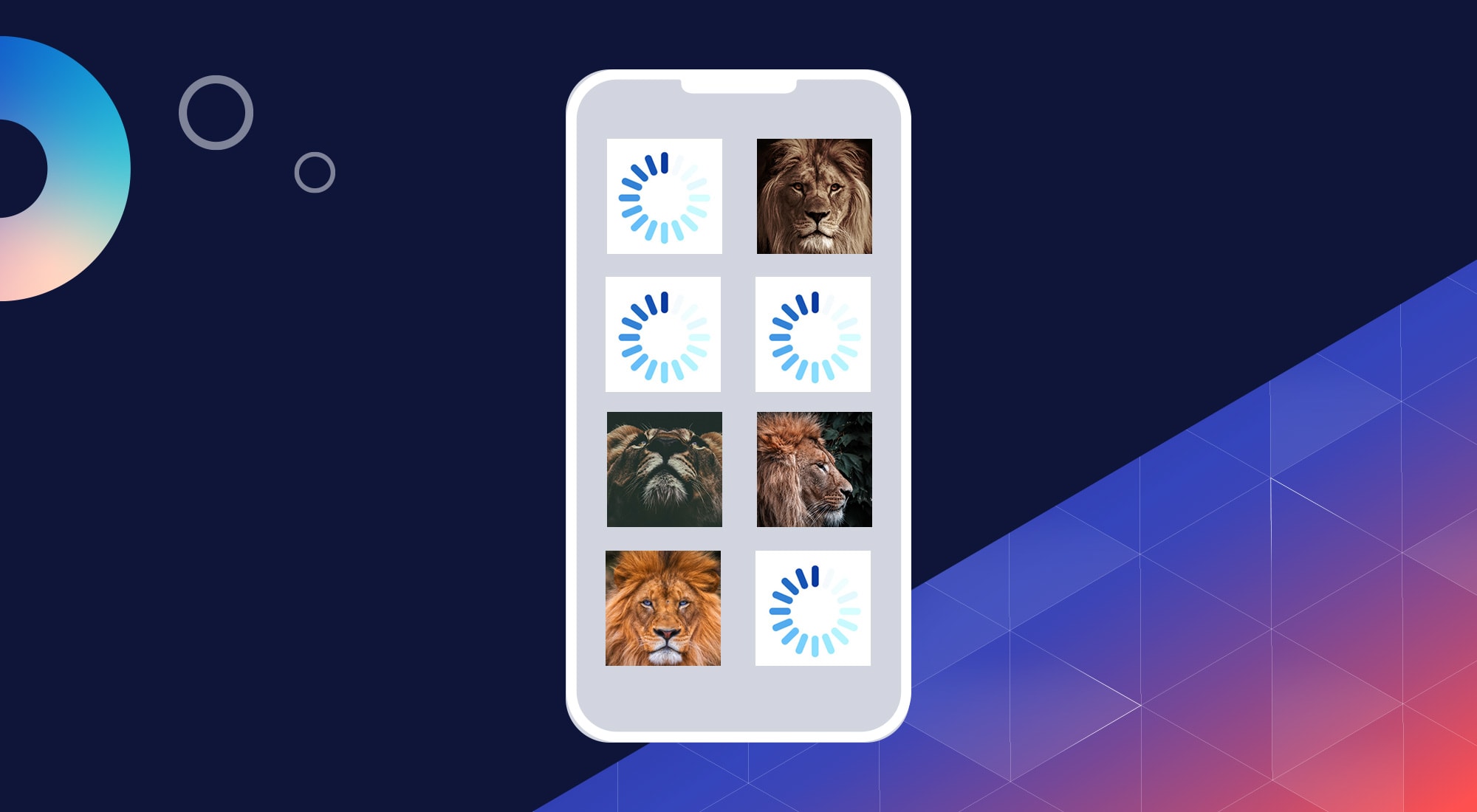Drive Web Traffic and Conversions with Customized Mobile Optimization Solutions
Drive Web Traffic and Conversions with Customized Mobile Optimization Solutions
Blog Article

The Ultimate Overview to Mobile Optimization: Approaches for Enhancing Website Performance on Smartphones and Tablets
The techniques for enhancing web site efficiency on mobile systems go beyond mere adjustment; they include a thorough strategy that involves responsive design, speed optimization, material strategies, and customer experience enhancements. By diving right into the ins and outs of mobile optimization, organizations can not just meet user assumptions but additionally stay in advance in an affordable digital landscape.
Significance of Mobile Optimization
Mobile optimization plays a crucial function in boosting individual experience and driving conversion rates in the ever-evolving digital landscape. With the enhancing use smartphones and tablets for surfing the internet, guaranteeing that web sites are enhanced for mobile phones has actually come to be important for businesses - Mobile Optimization. A mobile-optimized internet site not just adapts flawlessly to various display dimensions however likewise lots promptly, providing individuals with a smooth and pleasurable searching experience
In today's busy world, users expect instant accessibility to details on the go. A site that is not enhanced for smart phones threats losing potential customers because of slow loading times or a bad individual interface. By buying mobile optimization, services can accommodate the needs of their mobile target market, resulting in greater involvement and increased conversions.
Moreover, online search engine like Google focus on mobile-friendly websites in their positions, making mobile optimization essential for enhancing exposure and attracting organic traffic. Mobile Optimization. Overall, the value of mobile optimization can not be overstated, as it directly impacts user contentment, conversion rates, and general organization success in the digital realm
Responsive Design Strategies
Implementing receptive style methods makes sure that internet sites dynamically change their layout and web content based upon the customer's gadget screen size, offering a regular individual experience throughout numerous platforms. One of one of the most usual methods used in receptive style is developing fluid grids that permit material to resize proportionally to the screen size. This guarantees that elements on the website preserve their relative spacing and setup, maximizing the checking out experience for users on different gadgets.
Additionally, using versatile images that can scale with the size of the viewport aids stop pictures from being chopped or misshaped on smaller sized displays. CSS media questions play a crucial duty in receptive design by permitting developers to apply certain designs based upon the gadget features such as display width, elevation, and alignment. By leveraging media inquiries, websites can adapt their format and style to fit smart devices, tablets, and desktop computer screens seamlessly.
Incorporating responsive style methods not only improves customer experience yet additionally adds to enhanced online search engine positions, as online search engine like Google prioritize mobile-friendly sites in their mobile search results page. By welcoming useful reference responsive layout, sites can deal with the diverse demands of customers accessing content on a variety of gadgets, inevitably driving involvement and conversions.
Speed and Efficiency Optimization

One secret technique is optimizing images and multimedia content to minimize file dimensions without endangering quality. Compressing images, leveraging contemporary image formats like WebP, and lazy loading offscreen pictures work approaches to speed up load times (Mobile Optimization). Decreasing HTTP requests, leveraging browser caching, and lowering server feedback times are vital steps in boosting performance.
Implementing a content shipment network (CDN) can also significantly boost internet site rate by distributing content throughout several servers internationally, lowering latency for customers accessing the website from various areas. Prioritizing crucial above-the-fold web content and deferring non-essential manuscripts can additionally improve regarded performance. By concentrating Going Here on rate and efficiency optimization, sites can supply a smooth and enjoyable user experience on smart phones.
Mobile-Friendly Material Strategies
To enhance material for mobile tools, it is necessary to focus on readability and involvement through calculated formatting and succinct messaging. Mobile-friendly material methods entail customizing the discussion of info to suit the smaller sized screens and on-the-go nature of smartphone and tablet computer individuals. One vital aspect is to guarantee that text is quickly legible without the requirement for focusing, using font dimensions that are understandable on mobile displays. In addition, damaging up material into shorter paragraphs and utilizing bullet factors can aid improve readability and make it simpler for individuals to eat information rapidly.
Incorporating appealing visuals, such as photos and video clips optimized for mobile watching, can likewise enhance the overall customer experience. These visuals should be pertinent, top notch, and lots swiftly to avoid customers from losing passion. Incorporating interactive components like tests, polls, or studies can increase individual engagement and encourage active engagement.
Individual Experience Enhancements
Structure on the structure of mobile-friendly material techniques, improving customer experience entails maximizing every touchpoint to ensure seamless communication and complete satisfaction for mobile customers. One essential element of boosting individual experience on mobile tools is guaranteeing fast loading times. Customers anticipate websites to fill quickly on their smart devices and tablets, and any hold-ups can lead to stress and enhanced bounce rates. Implementing responsive layout is an additional key consider improving individual experience. Responsive design makes certain that internet sites adapt to different display sizes and resolutions, providing a constant and easy to use experience across different tools.
Along with speed and responsive design, streamlining navigating is essential for a favorable user experience. Clear and instinctive navigation menus, prominent search bars, and purposefully positioned call-to-action switches can aid customers quickly locate what they are searching for on a mobile website. Maximizing kinds for mobile users by reducing the variety of areas and using auto-fill functions can additionally improve the total user experience. By concentrating on these user experience improvements, websites can efficiently engage and retain mobile site visitors.
Conclusion
To conclude, mobile optimization is important for boosting site efficiency on mobile phones and tablet computers. By implementing responsive layout click for more info strategies, optimizing speed and efficiency, creating mobile-friendly material, and enhancing individual experience, organizations can successfully reach and involve with their mobile audience. It is vital for web sites to adjust to the raising mobile use trends in order to remain competitive in the digital landscape.
Report this page